Science:
Subtopics
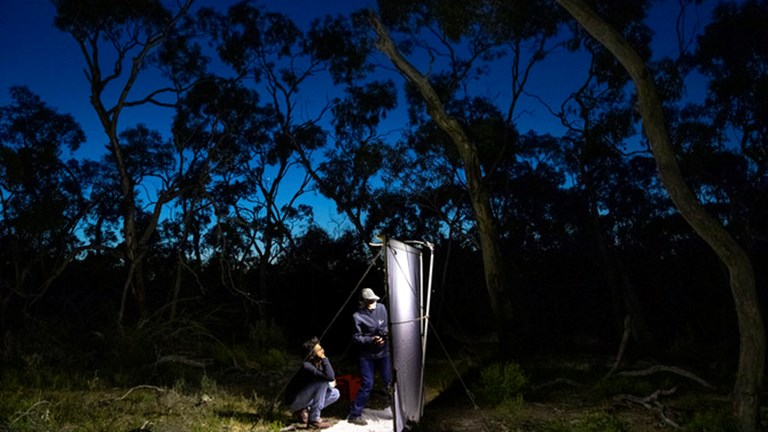
Who are the moth hunters?
Meet the citizen scientists who are, literally, discovering new species in their backyards.
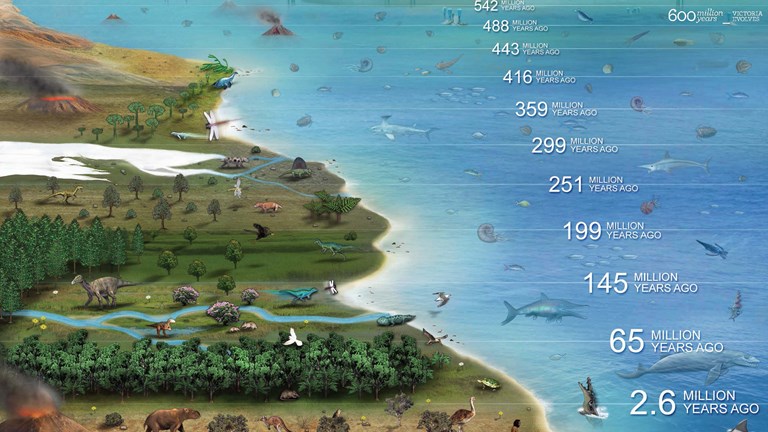
600 Million Years: Victoria Evolves
How did life on Earth come to be the way it is and what happened in our part of the world?
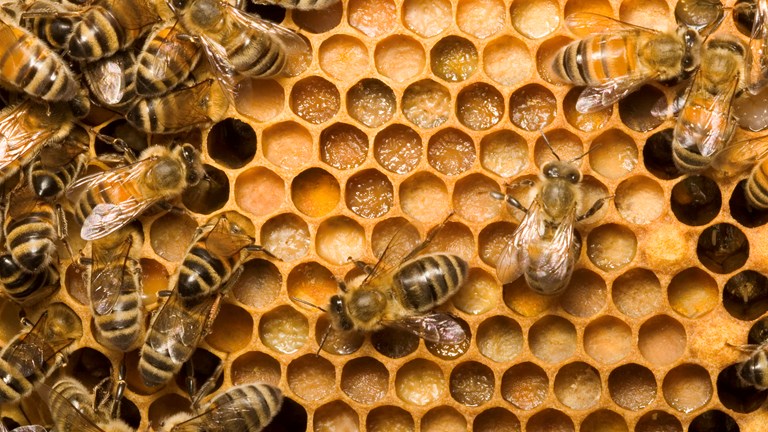
Discover Documentary: Bees
In this episode of Discover, Dr. Ken Walker takes us into Museums Victoria's Entomology Collection. As an expert in native bees, he explains how these tiny creatures have a major global impact.
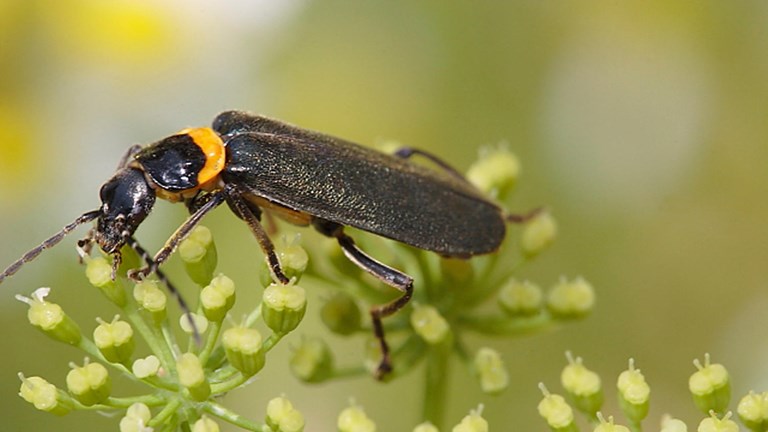
What are these swarming beetles in my garden?
Each January, the Museum receives many enquiries about swarms of beetles in suburban gardens in and around Melbourne
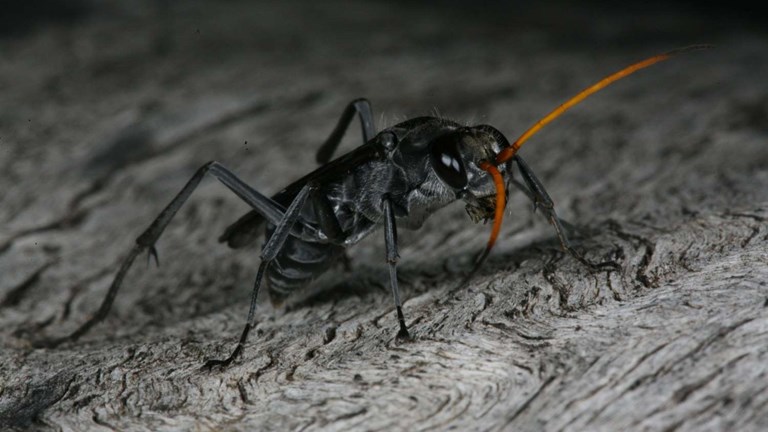
Predator vs predator
Wasps give huntsman spiders a taste of their own medicine.

Buzz off!
How do you study a bee so small it can barely be seen?

Bountiful Mallee
Close encounters with Mallee insects.
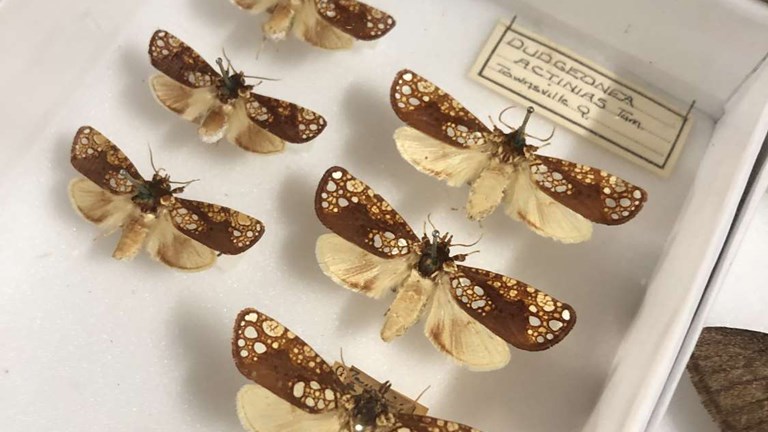
Butterflies of the night
The aim of the "George Lyell Collection: Australian entomology past and present" project is to examine the George Lyell collection scientifically and culturally, and to share discoveries with the wider community.
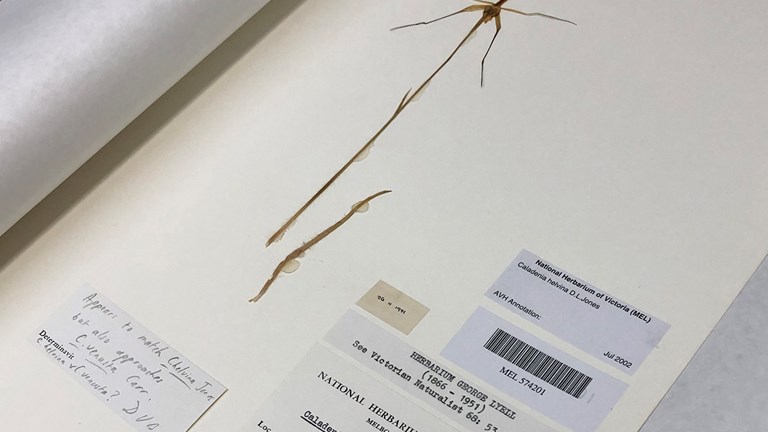
Pressed Orchids
Unlike their Asian counterparts, Australian orchids like the rosy spider orchid, pictured below, are beautifully understated. Delicate and beautiful, they are not flashy like the orchids available at your local nursery.
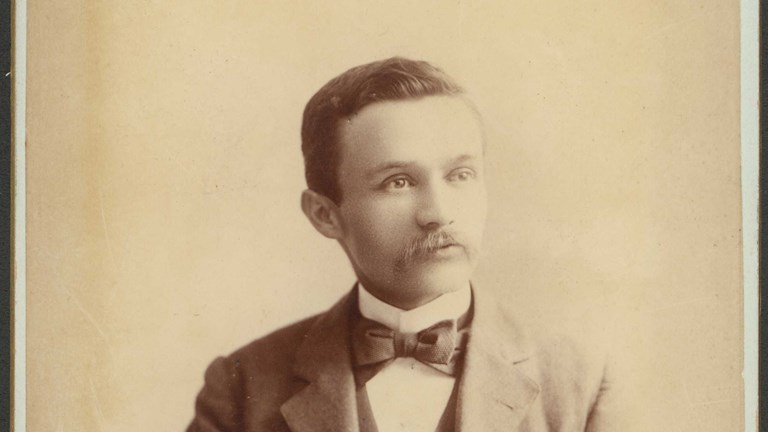
The sting of the final letter
Transcribing George Lyell's final documents.
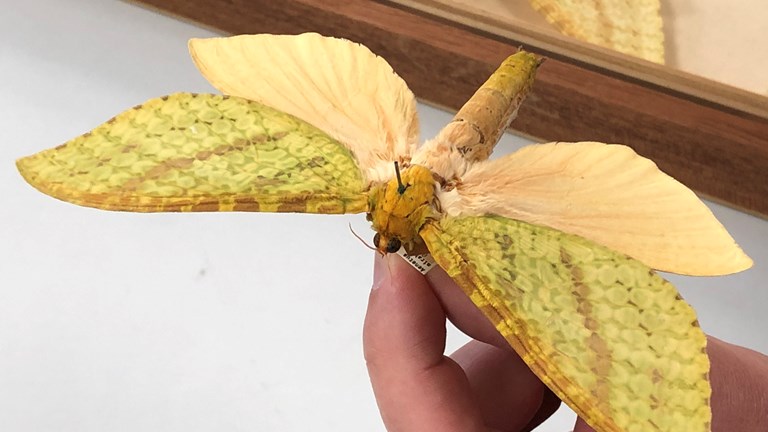
Light sheets
Peter Marriott talks moth bioscans in the Otways for National Science Week at Melbourne Museum.
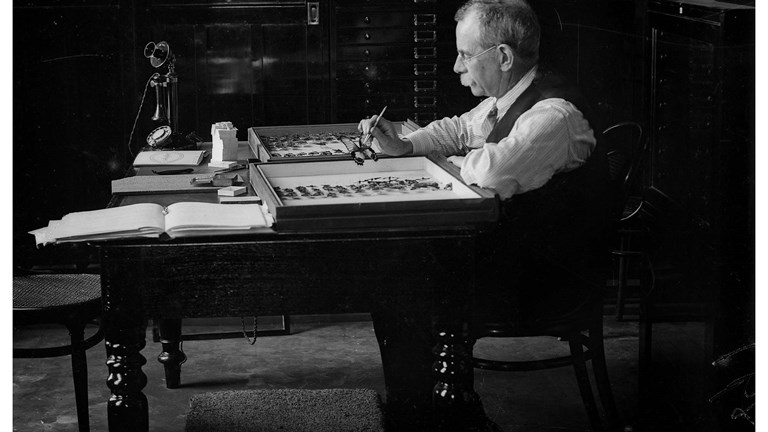
Kindred spirits
Between 1891 and 1947, George Lyell and Gustavus Athol Waterhouse's regular correspondence shared a passion for moths and butterflies.
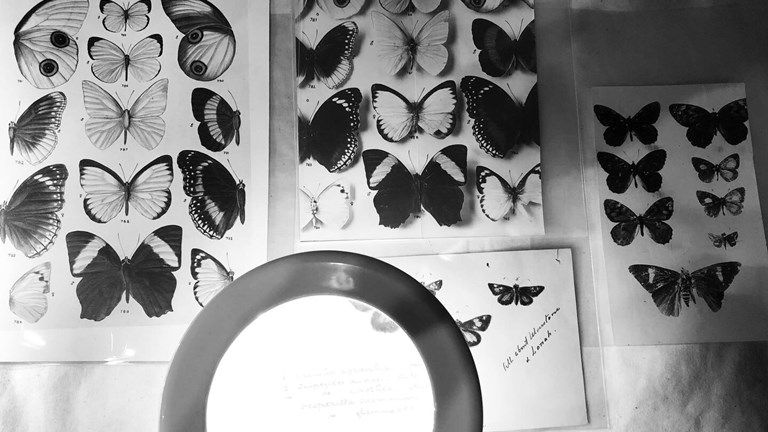
Moths are beautiful too
At October's Nocturnal event, a multidisciplinary team of Museum workers and a guest speaker from University of Melbourne got together to present items from the George Lyell Collection to visitors.
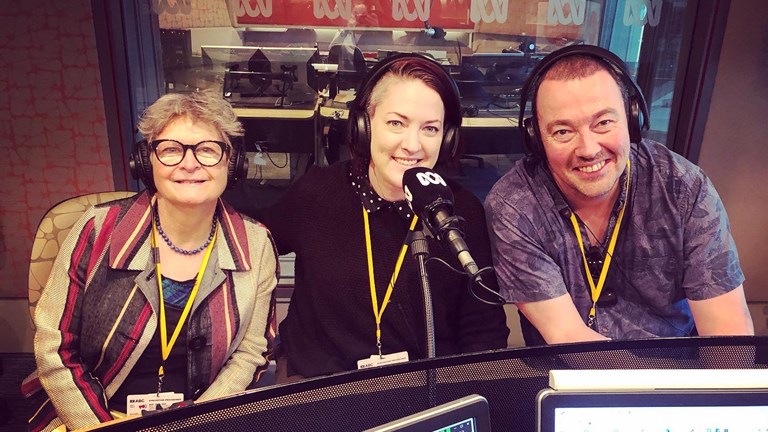
On the wing
Professor Deirdre Coleman, Nik McGrath and Simon Hinkley join Richelle Hunt in the ABC Radio Melbourne Studio.

George Lyell's letters
In addition to the development of his moth and butterfly collection, George Lyell’s letters reveal much about his personal relationships.
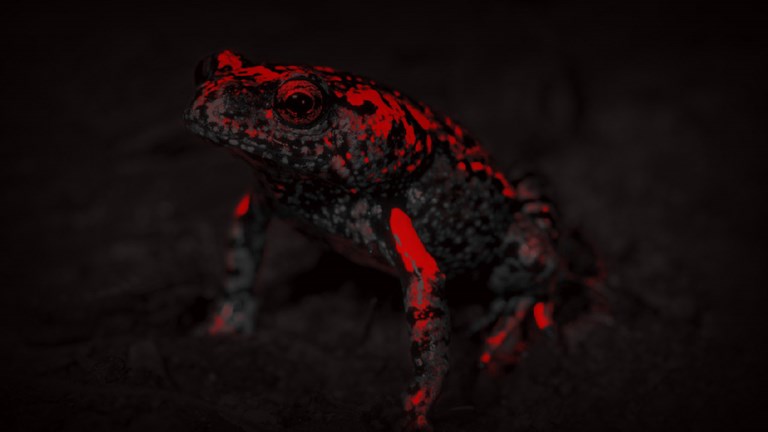
Under fire: The animals threatened by Australia’s bushfire crisis
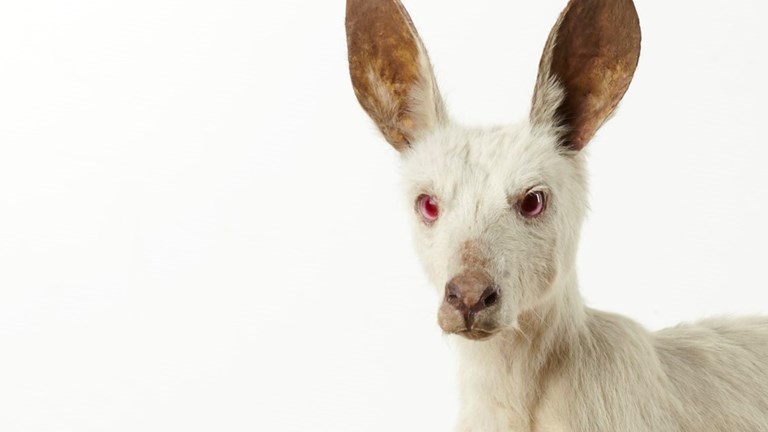
Colour Variations: It doesn't look like that in the book

The platypus: a unique and vulnerable Australian
What can we do to help the platypus?
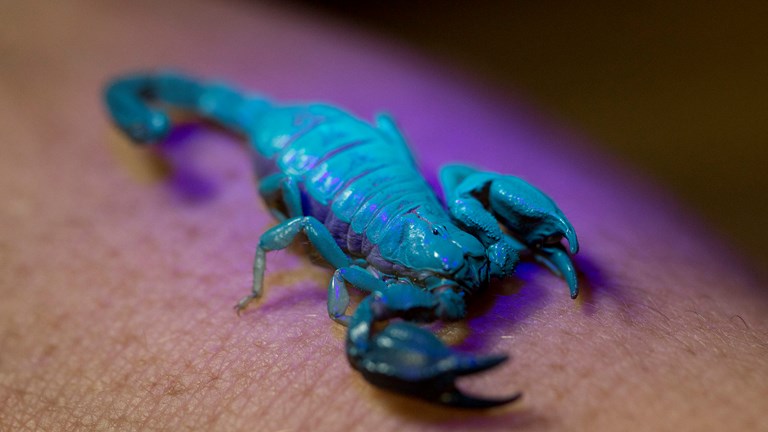
Glowing animals: understanding bioluminescence and biofluorescence
What do a Platypus, a Dragonfish and a Scorpion all have in common?
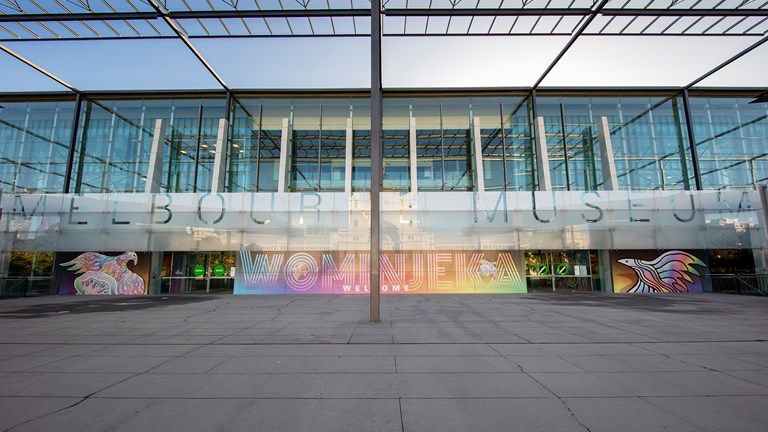
Birthday honours: 21 of our favourite things about the Melbourne Museum
Fascinating facts about Melbourne’s favourite museum.
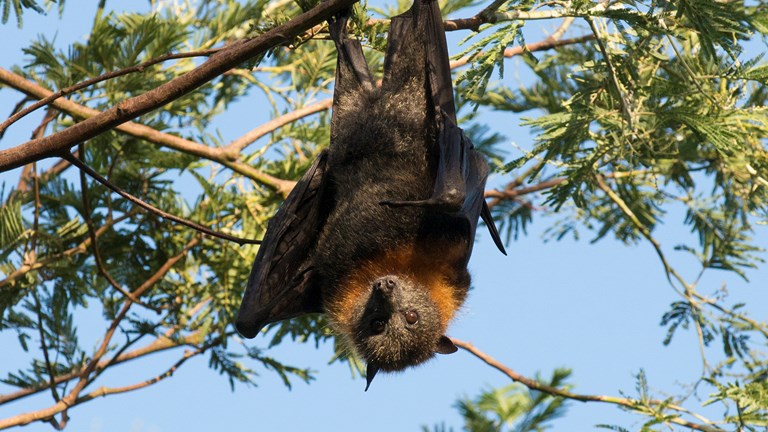
More Australian species added to the endangered list
Without action, museum collections may be the only evidence some of these endangered species existed.
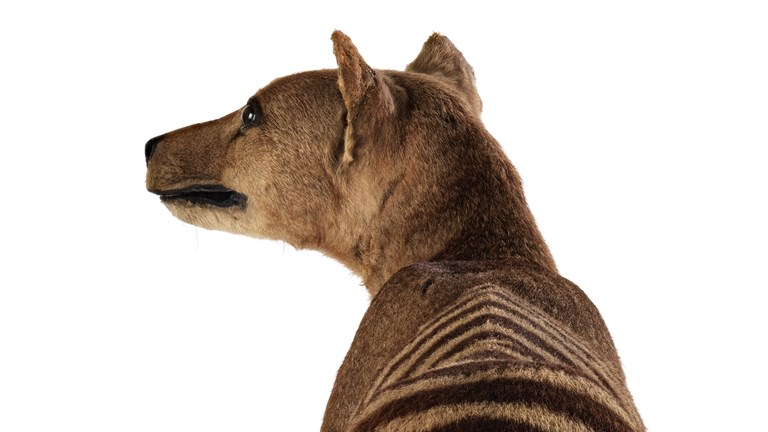
Lunar New Year: 10 Australian tigers
Think you know tigers? What about those found in Australia?
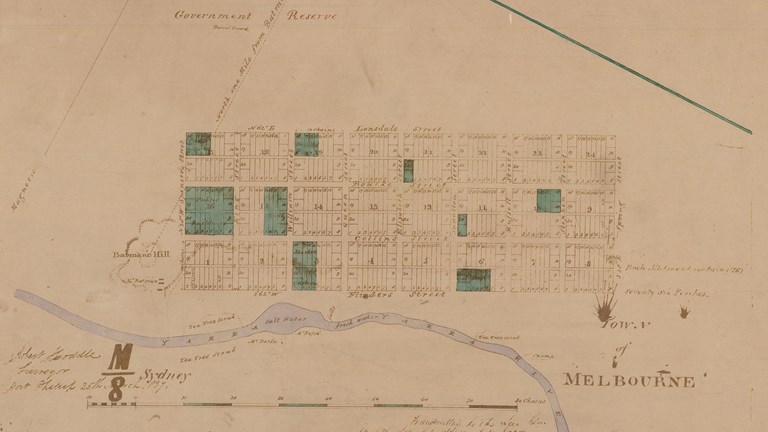
How poo shapes a city (and other scatalogical stories)
What do Melbourne’s laneways, the Spotswood Pumping Station at Scienceworks, and termite mounds all have in common?
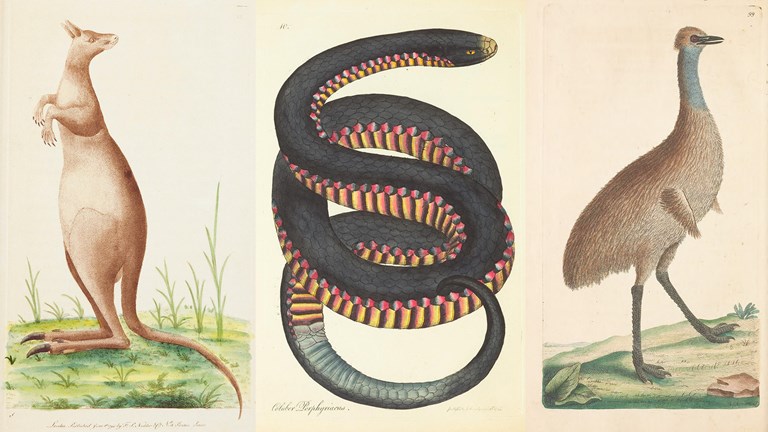
A glimpse into the past, to enlighten the future of biodiversity on Earth
What can we learn from the first scientific descriptions of animals and the Earth’s biodiversity, written hundreds of years ago?
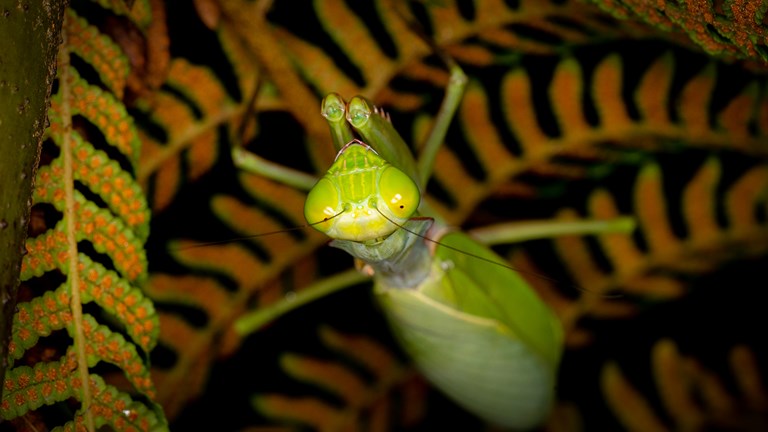
Live bugs, in a museum?
What does the thought of picking up a bug do to you? It’s just a day in the life for our Live Exhibits keepers.

From A to Bee: Australian bees need our help, but which ones?
We rely on bees for so much, but do you know the difference between the iconic European Honey Bee and Australian native bees? And what you can do to help them?

Help us document biodiversity – record your own sightings
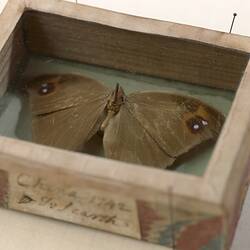
Australia's oldest insect specimen
A Common Evening Brown collected in China in 1742.






